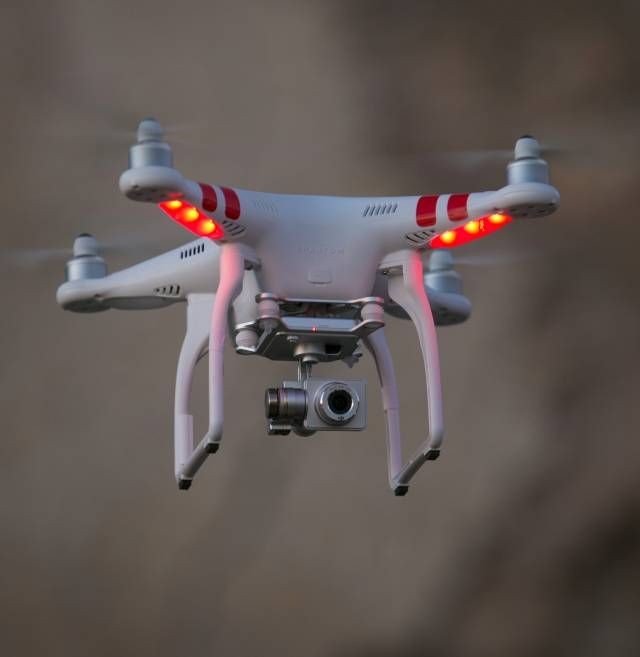Introduction
Drones, also known as Unmanned Aerial Vehicles (UAVs), have transformed photography by providing aerial perspectives that were once difficult or expensive to achieve. They are widely used in various industries, including filmmaking, real estate, environmental monitoring, and journalism. With advanced camera technology and smart flight systems, drones have become an essential tool for both hobbyists and professional photographers.

Types of Drones for Photography
1. Consumer Drones – Affordable, easy-to-use drones for beginners and hobbyists.
2. Professional Drones – High-performance drones with advanced cameras for commercial photography and videography.
3. FPV (First-Person View) Drones – Used for immersive flight experiences and racing, offering real-time video streaming.
4. Fixed-Wing Drones – Designed for large-scale aerial mapping and long-duration flights.
5. Mini Drones – Small, lightweight drones suitable for indoor and close-range photography.
Productive Quality in Drone Photography
Camera Resolution – Higher resolution (e.g., 4K, 6K, or 8K) ensures detailed images.
Stabilization System – A gimbal ensures steady and smooth footage.
Lens Quality – Wide-angle and high-quality lenses capture sharp images.
Low-Light Performance – Some drones have night vision or enhanced low-light capabilities.
Post-Processing Features – Advanced drones allow RAW format capture for professional editing.
Performance FactorsFlight Stability – Important for clear images, achibeved through GPS and advanced stabilization.
Speed and Agility – Fast drones help capture dynamic shots.
Weather Resistance – Some drones are designed to handle wind, rain, and extreme temperatures.
Control Range – Determines how far the drone can fly while maintaining a strong signal.
Battery Efficiency – Longer battery life means extended shooting time.
Key Terms in Drone Photography
Gimbal – A stabilization system that keeps the camera steady.
FPV (First-Person View) – A real-time video feed from the drone’s camera to a remote controller or headset.
Geofencing – Restricts drone flights in specific areas for safety.
Autonomous Flight – Pre-programmed flight paths using GPS technology.
Payload – The maximum weight a drone can carry, including the camera and additional accessories.
Importance of Drone Photography
Creative Storytelling – Aerial shots enhance filmmaking and photography.
Surveying & Mapping – Used for construction, agriculture, and environmental studies.
Disaster Management – Helps assess damage in remote areas.
Real Estate Marketing – Provides stunning aerial views of properties.
Wildlife Conservation – Monitors endangered species and their habitats.
Drone Systems
1. Flight Control System – Manages drone stability and navigation.
2. Camera System – Includes high-resolution sensors, lenses, and gimbals.
3. GPS & Navigation – Enables precise positioning and automated flight paths.
4. Communication System – Uses radio signals or Wi-Fi for remote control and video transmission.
5. Obstacle Avoidance – Uses sensors to detect and avoid obstacles.
Battery Life and Power Management
Flight Duration – Most drones have a flight time of 15 to 40 minutes per charge.
Battery Type – Lithium Polymer (LiPo) batteries are commonly used for their lightweight and high energy capacity.
Charging Time – Can take 30 minutes to several hours depending on the battery.
Power Saving Features – Some drones optimize power usage for extended flight time.
Extra Batteries – Essential for professionals who need longer shooting sessions.
Conclusion
Drones have become a game-changer in photography, providing breathtaking aerial views and expanding creative possibilities. Whether for personal use or professional work, choosing the right drone depends on performance, camera quality, and intended purpose.

